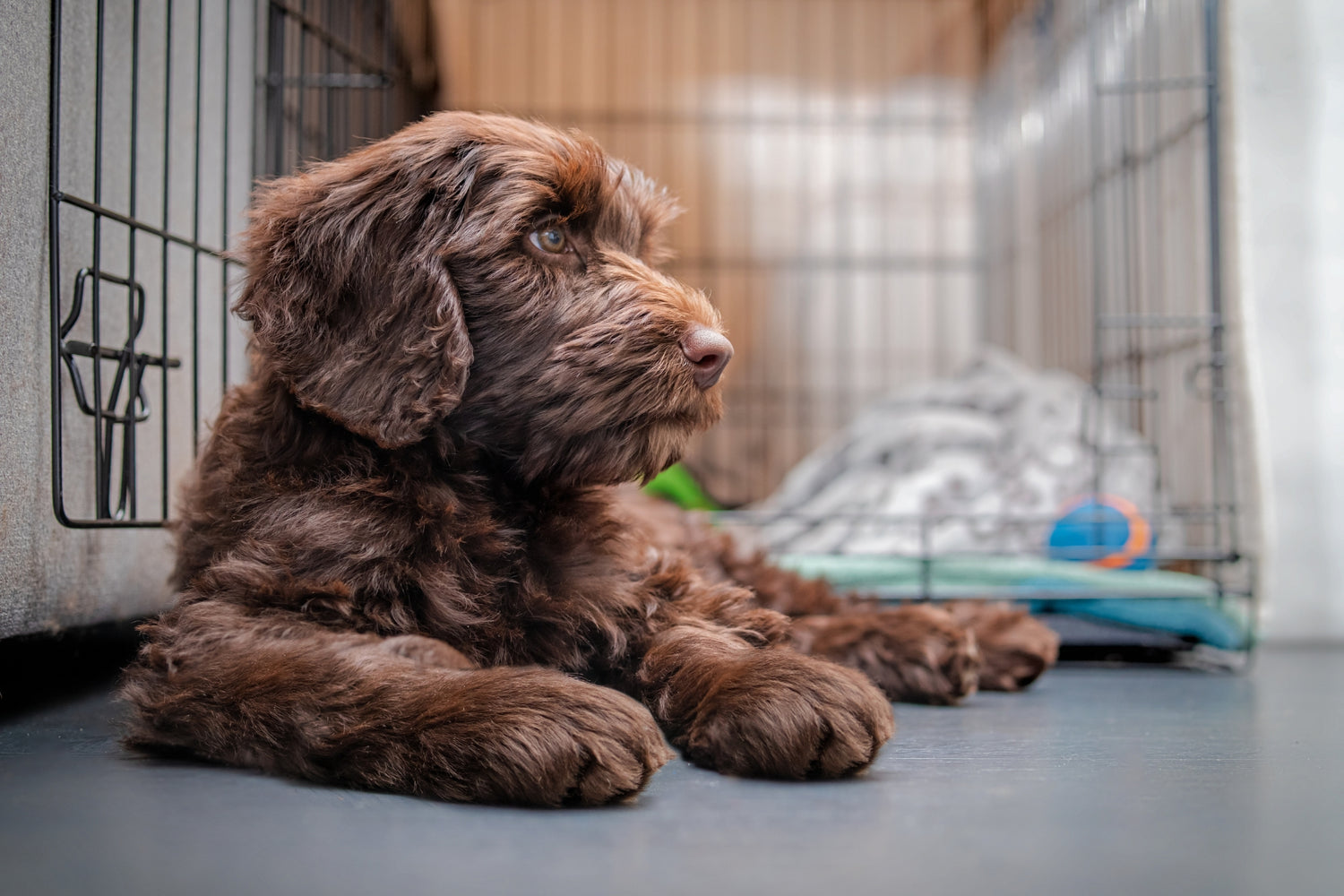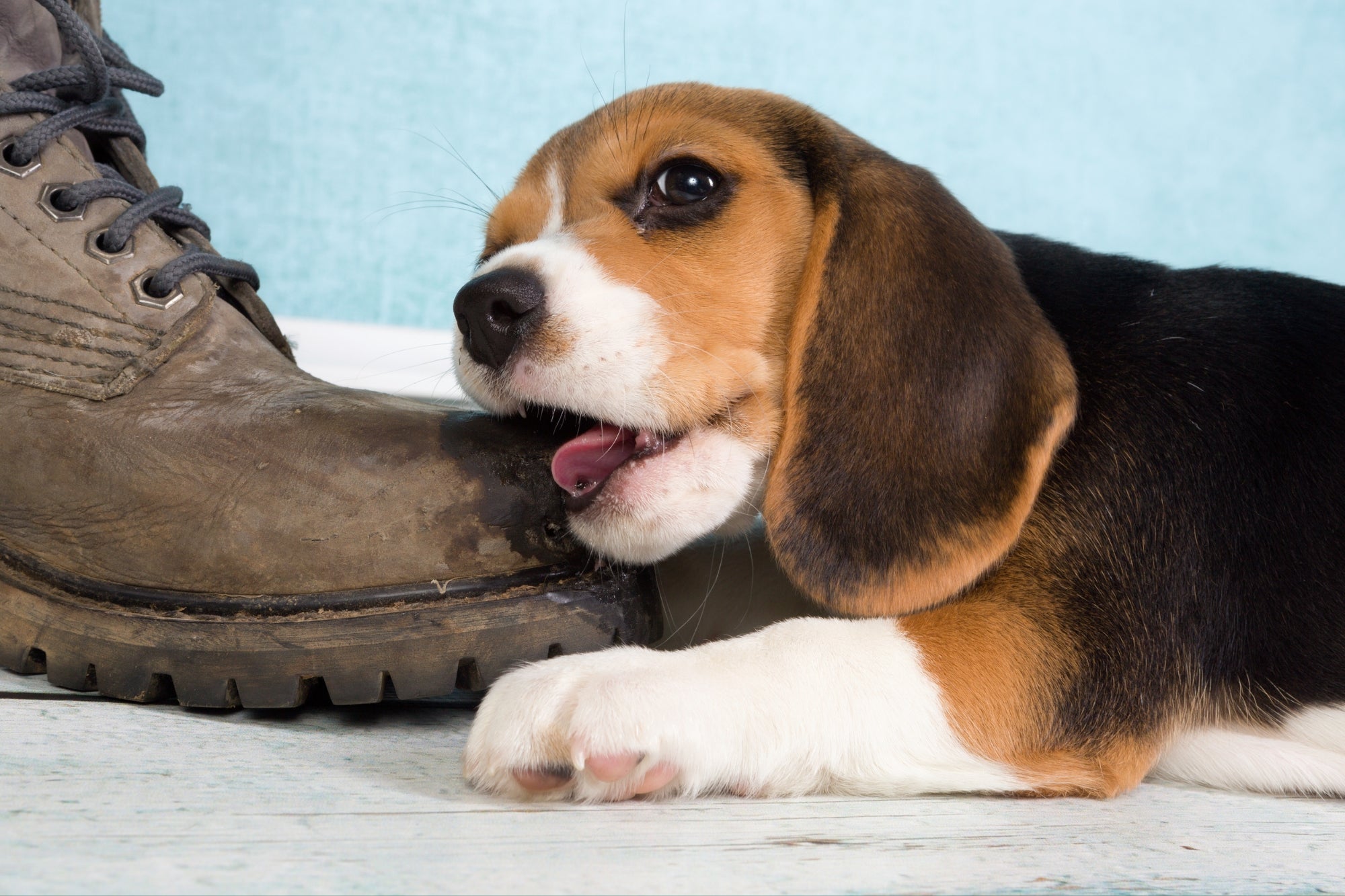The process of house training can sometimes be a bit challenging. Whether you've got a playful puppy or a lovable adult dog, a little patience and consistency can go a long way in ensuring a harmonious living environment for both you and your pooch. In this guide, we'll explore effective methods to house train your dog.
Effective Methods to House Train your Dog
Establish a Routine
Dogs thrive on routine, and establishing a consistent schedule is crucial for successful house training. Take your pup outside first thing in the morning, after meals, and before bedtime. This helps your dog associate specific times with bathroom breaks and reduces the likelihood of accidents indoors.
Choose a Designated Bathroom Spot
Select a specific area outside where you want your dog to do their business. Consistently taking them to the same spot helps them recognize the purpose of the outing and reinforces the behaviour you desire.
Praise and Reward
Positive reinforcement is key to encouraging good behaviour. When your dog does their business outside, lavish them with praise and offer a small treat. This positive association reinforces the idea that going to the bathroom outside is a commendable action.
Be Patient
House training takes time, and accidents are bound to happen. When they do occur, resist the urge to scold your pup. Instead, clean up the mess promptly, and continue with your training routine. Patience is a virtue, and consistency will pay off in the long run.
Supervise Indoors
Keep a close eye on your dog when they are indoors, especially during the initial stages of house training. Use a leash or confine them to a specific area to prevent unsupervised accidents. The goal is to catch and redirect any inappropriate behaviour before it becomes a habit.
Utilise Crate Training
Crate training can be an effective tool in house training. Dogs generally avoid soiling their living spaces, so a properly sized crate can be a valuable aid in teaching bladder control. Gradually increase the time your dog spends in the crate, making it a positive and secure space.
House training a dog requires dedication, consistency, and a positive approach. By establishing a routine, using positive reinforcement, and maintaining patience, you can create a well-behaved and happy dog. Remember, building a strong bond with your dog is a journey that involves mutual understanding and love. With time and effort, you'll soon enjoy the rewards of a house-trained companion who adds joy and warmth to your home.




Leave a comment
This site is protected by hCaptcha and the hCaptcha Privacy Policy and Terms of Service apply.